Drug Use In The Netherlands: Facts & Figures
Posted on: Januar 1, 2024
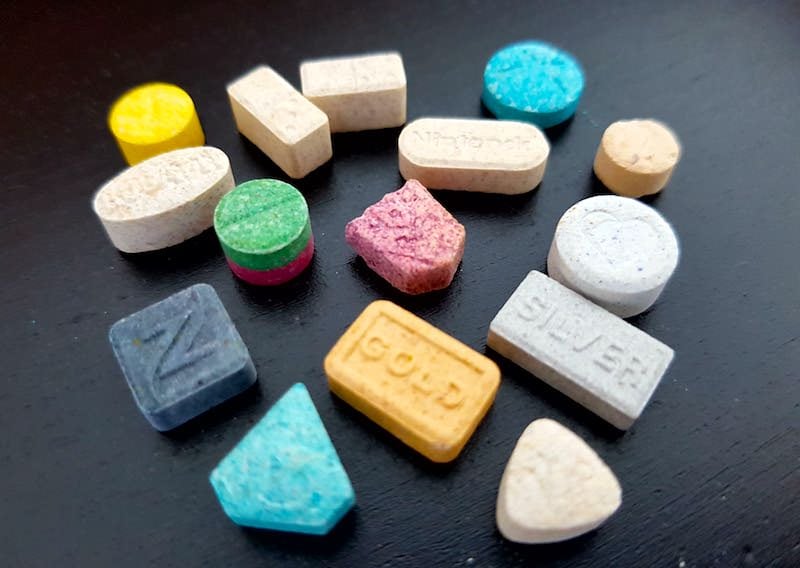
Drug Use In The Netherlands
Ecstasy is the most popular entertainment drug among young adults. Alcohol and tobacco cause the most deaths from substance use. These are key takeaways from the Dutch National Drug Monitor 2018. The annual report of the National Drug Monitor (NDM) contains trends, figures and facts about the use of alcohol, tobacco and drugs. Various things stand out about drug use in the Netherlands in the report.

The full report on drug use in the Netherlands can be read here (Dutch, PDF).
Almost 1 Million Cannabis Users In The Netherlands
In 2017, 960,000 adults in the Netherlands used cannabis in that year, the same number as in 2015 and 2016. That is around 7,2% of the total Dutch population aged 18 and older. Among young adults aged between 18-24, 2017 usage is the highest at around 25 percent.
THC Content In Dutch Cannabis Has Increased
The average level of THC in Dutch weed remained at the same level in 2018 as in 2017, seen over several years however, an increase can be observed. The most bought (popular) Dutch weed measured an increase from an average of 13,5 percent THC content in 2013 to an average of 16,8 percent in 2018; for weed that was purchased as the “strongest option”, the increase was on average from 15,3 percent in 2014 to 19,5 percent in 2018.
The highest THC content was measured in imported hashish (on average 23,5 percent), more than in previous years (14,9 percent in 2014). In contrast to Dutch weed, imported hashish also contains significant amounts of Cannabidiol (CBD), 8,5 Percent in 2018.
Average Price For Dutch Cannabis
The average price of one gram of the most popular Dutch weed (€ 10,09) did not differ from 2017 (€ 10,10) in 2018, but has risen since 2006; this also applies to the price per gram of the “strongest” weed.
Drug Use In The Netherlands: XTC
The increase in the percentage of ecstasy users between 2009 and 2015 appears to have stopped in 2016 and 2017. Nevertheless, the Netherlands remains a leader in Europe, followed at a distance by the United Kingdom (England and Wales). Use is highest among highly educated, young adults between 20-24 and in (very) urban areas. Ecstasy is still the most important party drug in the Netherlands. The percentage of students aged 12-16 who have experience with ecstasy decreased between 2015 and 2017.
Ecstasy Continues To Increase In Strength In the Netherlands
In 2017, synthetic drugs were generally of high dose and not or less often mixed with other substances. In 2017, an ecstasy pill contained an average of 167 mg MDMA, again more than in previous years. Even nine out of ten pills had a high dose (> 106 mg MDMA).
Cocaine And Amphetamines in The Netherlands
The average percentage of cocaine in cocaine powders increased from 49 percent in 2011 to 68 percent in 2017. The price remains stable; since 2008 it has been an average of around 51 euros per gram. The content of amphetamine in speed powders is stable at an average of 42 percent.
Drug Use In The Netherlands: Ketamine
Ketamine appears to gaining in popularity in the Netherlands. The number ketamine samples that were submitted to the DIMS in 2017 increased. Since 2009 the proportion of registered drug incidents on first aid that involves ketamine has also risen sharply: from 2,9% in 2009 to 8,2% in 2017.
The percentage of last-year users is many times higher among frequent partygoers than in general adult population, although the drug is not really a ‘typical’ party drug.
GHB Relatively Often Leads To Health Incidents
The use of the anesthetic agent GHB is relatively rare nationally and in the general Dutch population. In 2017, 0,4 percent of adults (around 50,000 people) had used GHB in the past year; that is less than ecstasy (2,7 percent), cocaine (1,8 percent), and amphetamine (1,4 percent). However, the number of health incidents with GHB is relatively high and often of serious nature.
Alcohol And Tobacco Use in the Netherlands
The number of smokers in the Netherlands is declining. The decrease is smaller among people with a low level of education than among people with a medium or high level of education. The number of excessive drinkers stayed stable. In contrast to smoking, it’s precisely the higher educated who drink more frequently (9,9 % of adults) compared to people with a low level of education (8,7 %). There are an estimated 1,800 deaths due to alcohol consumption in the Netherlands (source). These are largely attributable to strokes, cancer, diseases of the digestive organs and mental disorders. The estimate takes into account the protective effect of light alcohol consumption on some diseases and mortality. For smoking, the estimated total related number of deaths is 19,500 (source).
Drugs in the Netherlands
Learn more about the Dutch drug policy, Amsterdam’s history and harm-reduction during our interesting Amsterdam Drugs Tour. During this tour our local guides explain the more legal & illegal drugs in Netherlands together with the history, local laws, use and prevention drugs.
MEHR INFO >
ALSO READ:
10 Drugs Facts in the Netherlands
10 Best Coffeeshops in Amsterdam
Effects of XTC: 11 Facts and Fables







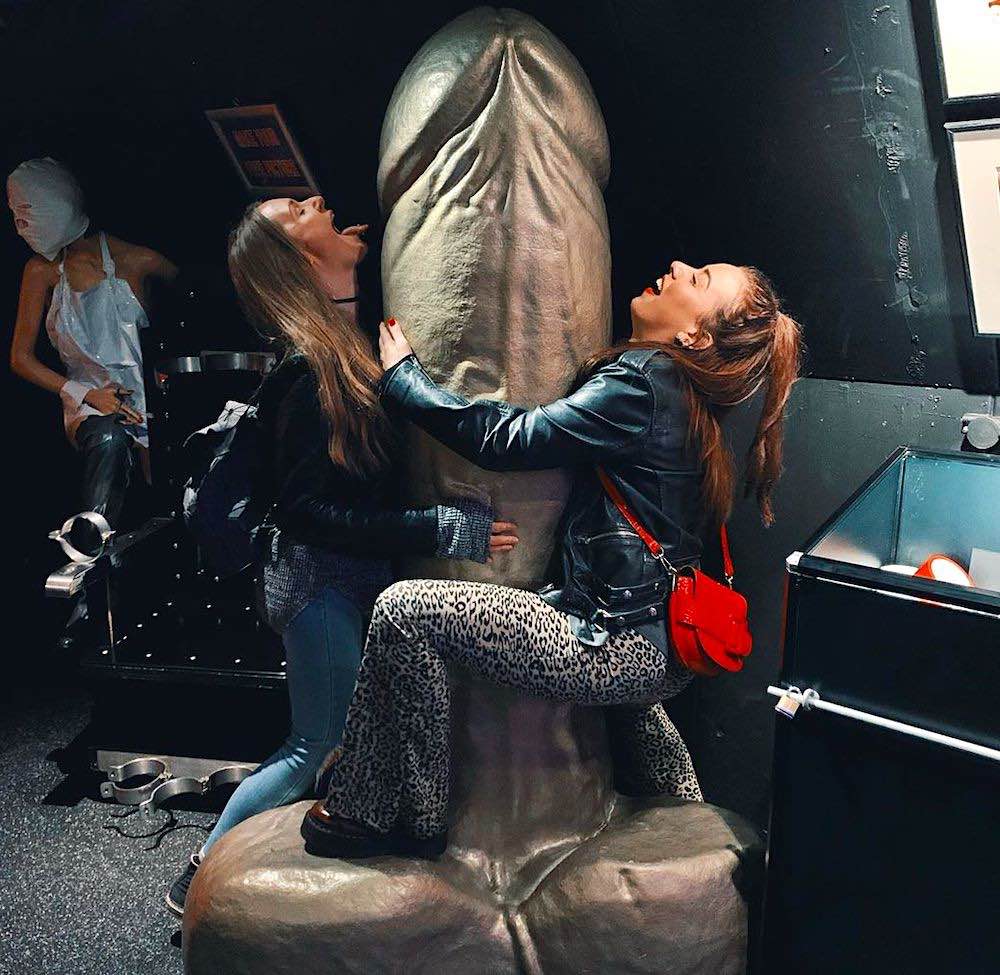

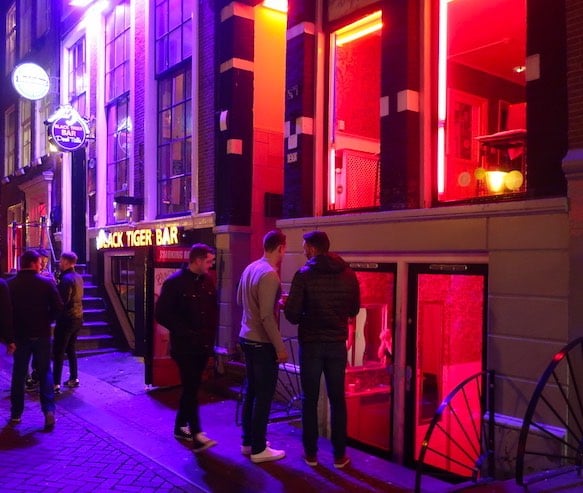

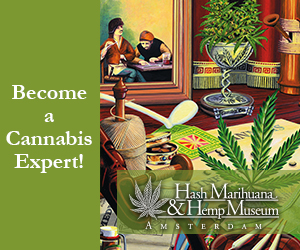
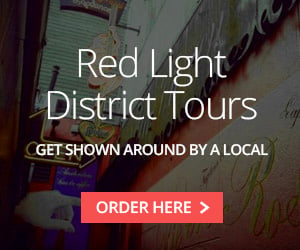

Are recreational drugs such as ecstasy or methamphetamine legal in the Netherlands or is purchase/use legally confined to Amsterdam/designated areas?